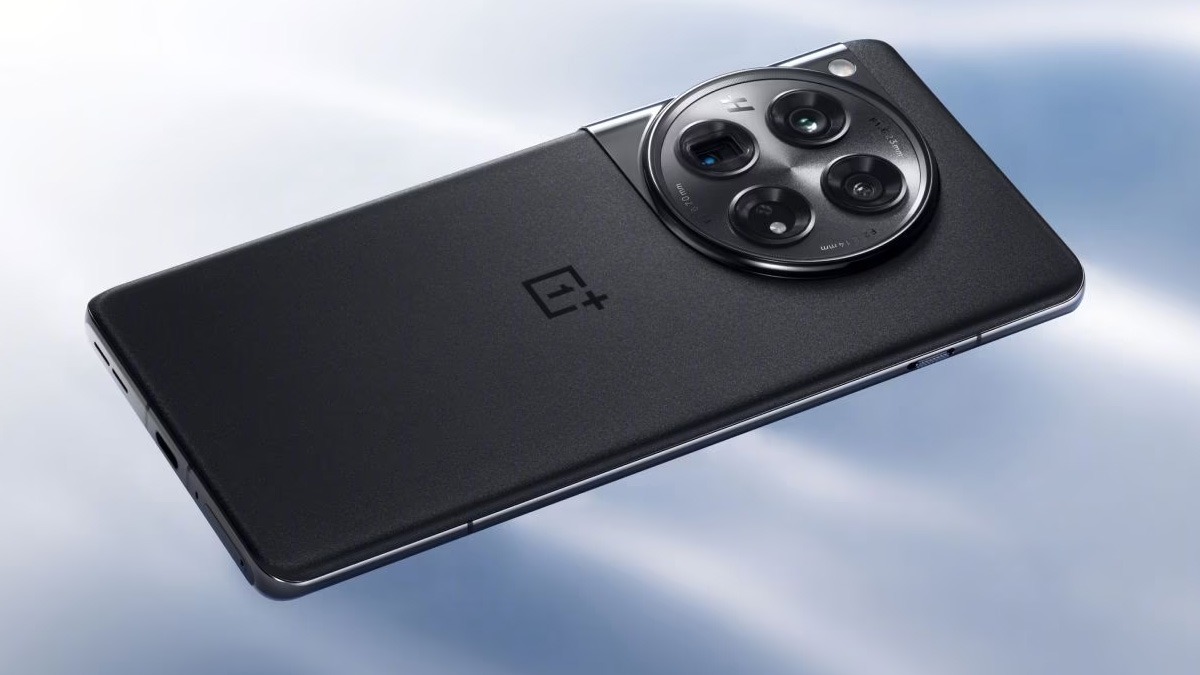Just In
- 45 min ago

- 2 hrs ago

- 2 hrs ago

- 3 hrs ago

Don't Miss
- Movies
 Siragan First Review: Gajaraj-Starrer Mystery Crime Thriller By Venkateshwaraj Gets A Thumbs-Up; Details HERE
Siragan First Review: Gajaraj-Starrer Mystery Crime Thriller By Venkateshwaraj Gets A Thumbs-Up; Details HERE - Sports
 KKR vs RCB: What Happened when KKR and RCB met Last Year in IPL 2023?
KKR vs RCB: What Happened when KKR and RCB met Last Year in IPL 2023? - Automobiles
 Porsche Introduces Macan EV In India, Expanding Electric Portfolio
Porsche Introduces Macan EV In India, Expanding Electric Portfolio - News
 African Nationals Attack Bengaluru CCB Officers During Drug Bust
African Nationals Attack Bengaluru CCB Officers During Drug Bust - Finance
 How To Apply Your Voter ID Card Online: Quick Guide For Indian Citizens
How To Apply Your Voter ID Card Online: Quick Guide For Indian Citizens - Education
 NLSIU Announces the Rajiv K. Luthra Foundation Grant
NLSIU Announces the Rajiv K. Luthra Foundation Grant - Lifestyle
 Summer Fashion: Your Bollywood Style White Outfits Guide To Keep It Cool And Chic
Summer Fashion: Your Bollywood Style White Outfits Guide To Keep It Cool And Chic - Travel
 Journey From Delhi To Ooty: Top Transport Options And Attractions
Journey From Delhi To Ooty: Top Transport Options And Attractions
Drone market is expanding due to rise in cellular connectivity
Cellular connectivity would help in remote identification, tracking flight path and supporting law standards defined by regulatory bodies globally.
According to a new report by Counterpoint, the drone market is expanding due to rise in the number of commercial applications and cellular connectivity.

It said cellular connectivity would help in remote identification, tracking flight path and supporting law standards defined by regulatory bodies globally.
Further, eSIMs (Embedded Sims) would play an important role in cellular connectivity of drones to mitigate privacy, safety and security concerns.
Counterpoint also said LTE connectivity in drones is also a big ARPU play for operators to enable real-time data transfer and analytics.
The upcoming commercial use cases would require low latency and high transmission range which can be enabled by a connectivity solution instead of Wi-Fi.
The research firm pointed out that some operators such as T-Mobile Germany, Orange, Vodafone, Verizon have already been trialing LTE-based drones and see eSIM capability as a natural implementation path.
Furthermore, Vodafone is working in collaboration with EASA to conduct trials for an air traffic control system for drones to avoid collision with planes.
For this, the drones would be embedded with a 4G modem and a SIM that would track them accurately up to 50 meters. The technology, if successful, would enable protective geofencing to avoid accidental situations (under Beyond Visible Line of Sight operations) and entry into no-fly zones.
While, T-Mobile Germany has also partnered with Microdrones in cooperation with DFS to improve aerial safety, specifically for commercial operations and Verizon has partnered with DeDrone for exactly the same reasons - to detect, classify and mitigate any drone-related potential threats in real-time.
The research firm also expects that regulations to come into place in the near future for cellular connectivity in drones to mitigate privacy, safety and security concerns.
Discussions are going on regarding Drone Identification module under SC 17 standard (developed by ISO) to insert eSIMs to monitor drones. The cellular based connectivity would enable sending ID and location via LTE network for incident tracking which is expected to drive e-Sim adoption.
This will be the first and foremost step towards embedded connectivity within drones. Greater ARPU from real-time data transfer is going to be the next step as those use-cases could be a bit resource intensive and will have significant implications for performance (e.g. battery life). This is one of the reasons, DJI has still not fully committed to adding LTE connectivity even to commercial drones for live video streaming use-cases but 5G could change things in a few years (Refer to our 5G Forecast for more details).
-
99,999
-
1,29,999
-
69,999
-
41,999
-
64,999
-
99,999
-
29,999
-
63,999
-
39,999
-
1,56,900
-
79,900
-
1,39,900
-
1,29,900
-
65,900
-
1,56,900
-
1,30,990
-
76,990
-
16,499
-
30,700
-
12,999
-
62,425
-
1,15,909
-
93,635
-
75,804
-
9,999
-
11,999
-
3,999
-
2,500
-
3,599
-
8,893












































